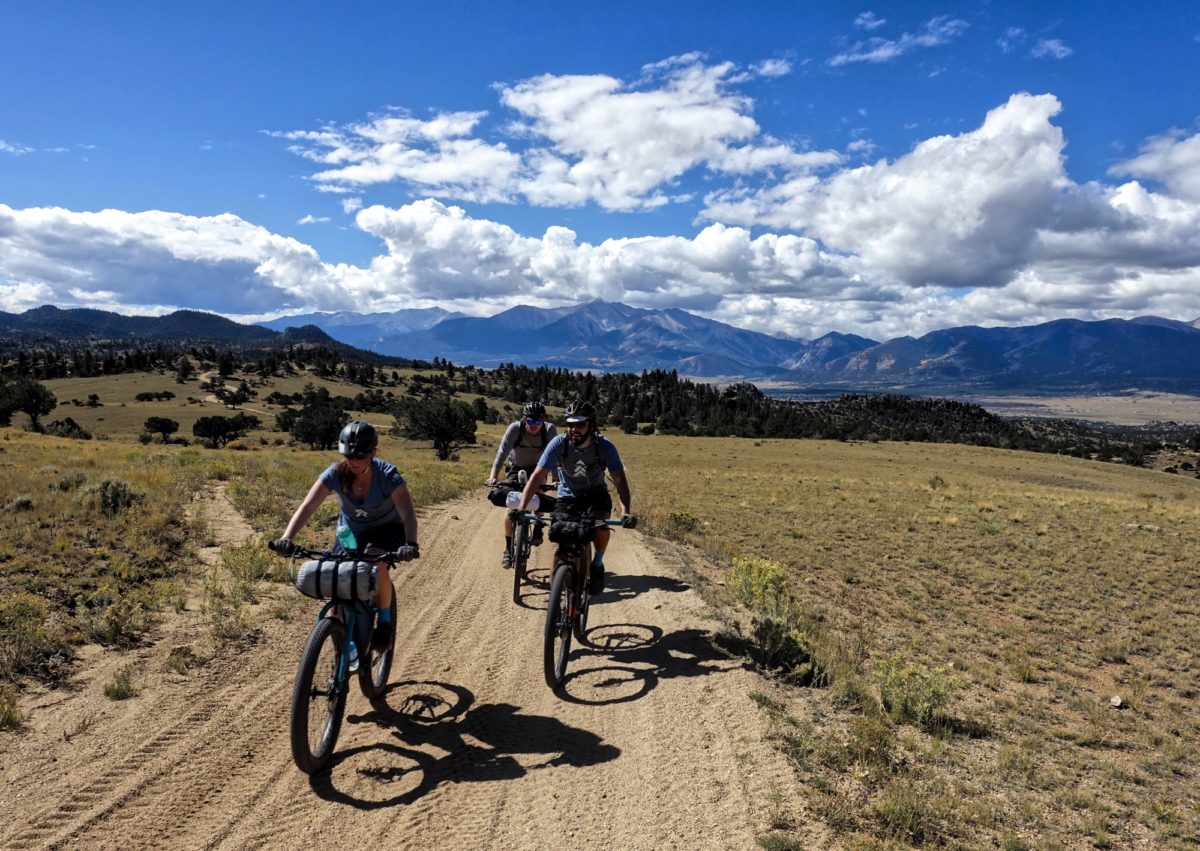
Bikepacking has taken the mountain bike world by storm, with the upper echelon of bikepackers continuing to shatter time barriers and pioneer incredible routes, and even many average mountain bikers are tackling sub-24-hour overnight trips. We first published this list of the Top 10 Bikepacking Routes in the US back in 2012 and since that time, the gear has exploded in quality and availability, participation has shot through the roof, and complete publications dedicated to the sport of bikepacking have arisen.
This list was long overdue for an update, so here are the current 10 best bikepacking routes in the US in 2016.
The Continental Divide

This epic trail is roughly 3,000 miles long, stretching across the Rockies from Canada to Mexico, and there are at least two ways to complete the route.
The most popular way to ride the divide is to follow the Tour Divide route, also known as the Great Divide Mountain Bike Route, which runs from Banff, Alberta to Antelope Wells, New Mexico. This route is distinct from the Continental Divide Trail (CDT), and consists mostly of gravel roads that crisscross the actual divide. Every year an unofficial race takes place on the Tour Divide, and it has become the proving grounds for bikepackers from around the world.
On the other hand, you could attempt to bikepack the Continental Divide Trail itself. The CDT trail is still a work in progress, but it already has way more singletrack than the Tour Divide. The problems?
- The CDT runs through numerous Wilderness areas, which are not bike legal and must be bypassed.
- It is significantly more difficult, due to technical trail conditions, extreme elevation change, and remoteness.
- In many places, the trail is poorly maintained, or basically does not exist.
Only a few people have ever attempted to through-bikepack the CDT in its entirety–it’s not for the faint of heart!
Colorado Trail

Stretching nearly 500 miles from Denver to Durango, the Colorado Trail cuts through the heart of the Rockies and features some the most challenging–and beautiful–singletrack you can imagine. Like some of the other routes listed here, portions of the trail are closed to mountain bikes, so detours are in order. Fortunately there are plenty of places to camp, and the route is well-marked, with trailheads at various intervals.
The Colorado Trail Race is held annually in July.
The Arizona Trail

The Arizona Trail (AZT) is an 817-mile route spanning from the Mexican border to Utah through deserts, mountains, and canyons. This adventurous route includes some incredible mountain biking in some spots, and some arduous route finding and hike-a-bike in others. Bonus: if you want to through-bikepack the AZT, you’ll need to carry your bike across the Grand Canyon, rim-to-rim, without letting your tires touch the ground.
Each April, mountain bikers race (unofficially) either a 300-mile or 750-mile section of the trail, which is a good opportunity to ride the route with others.
The first three routes on this list (The Tour Divide, Colorado Trail, and Arizona Trail) have come to be known collectively as the Triple Crown of Bikepacking.
Kokopelli Trail

If you’re a mountain biker you’ve heard about Moab, and you’ve probably also heard about the miles of singletrack in Fruita, CO. But did you also know you can ride your mountain bike from Fruita to Moab, off-road? The Kokopelli Trail is a 138-mile, multi-use trail that starts in Loma, CO (just a few miles northwest of Fruita) and ends on Sand Flats Road in Moab, UT, where it passes by Porcupine Rim and Slickrock trails, among others. While there’s no guaranteed water along the route, there are 8 small camping areas with toilets, and some even have picnic tables. Most folks count on a sag vehicle to deliver their gear, but with a little planning, a self-supported bikepacking trip is totally doable!
Tahoe Rim Trail

Officially 165 miles of singletrack, the Tahoe Rim trail features several sections that are closed to bikes–but even with potential detours it’s an amazing route! If the views of Lake Tahoe aren’t enough, the singletrack and alpine scenery make this a must-ride. Camping is generally plentiful in the surrounding National Forest, but you’ll need to do a little research to put together a solid custom route.
Eastern Divide
At this point, the Eastern Divide isn’t so much a defined route as it is an inspiring concept: an epic east coast bikepacking route that rivals the Great Divide Mountain Bike Route (called “The Continental Divide” above). While backpackers already have the famed Appalachian Trail, the AT isn’t bike-legal, so some ingenuity is required to create this route. However, once completed it will take advantage of several routes that are already more established–some on this list, and some not yet mentioned: the Florida Divide, the Trans North Georgia, the Virginia Mountain Bike Route (a worthy 430-mile route in its own right), the Adirondacks, and the Cross-Vermont Mountain Bike Route.
White Rim

The White Rim trail in Moab is a 103-mile jeep road loop with conditions unlike anywhere else on earth. Truly rad riders can complete the loop in a single day but for mere mortals, there are several campsites along the way. Reservations often fill up a year in advance, so plan ahead! There’s also no water along the route, so it’s usually best to have a support vehicle.
Trans North Georgia

The Trans North Georgia is a 350-mile MTB route across North Georgia, starting at the South Carolina border and ending in Alabama to the west. If you’re thinking this might be a good beginning bikepacking route to tackle, think again–the Trans North Georgia boasts 56,000 feet of climbing, more than a quarter of the climbing along the 3,000-mile Continental Divide Trail! Portions of the Trans North Georgia route follow the 165-mile Pinhoti Trail, another good multi-day option available to bikepackers. Both routes stick mostly to National Forest land, where it’s easy to find camping and water sources.
Stagecoach 400
The Stagecoach 400 is best-known as a spring bikepacking race, but the 400-mile route is of course rideable outside of the competition. Essentially one big loop route extending from the Pacific Ocean into California’s desert interior and back, with roughly 31,000 feet of climbing and a plethora of harsh environments, the Stagecoach 400 is a challenge that attracts return visitors every year! Click here for more information.
Baja Divide

Technically this route begins in the US, but the vast majority of the riding takes place in the Baja Peninsula in Mexico. Also, we didn’t include the Baja Divide on this top 10 list based on popularity–it was just pioneered and mapped recently, and released to the world just this September. So while it’s not established in the sense of being a popular route, based on epicness alone it qualifies for a spot on this list: 1,700 miles of dirt roads and rustic trails following the spine of the Baja Peninsula from San Diego, CA to San Jose del Cabo, Mexico. Due to its southern location, this route could easily attract many bikepackers from North America when the other routes on this list are too cold or are buried in snow. For more information, be sure to read Helena’s overview of the Baja Divide.
Your Turn: Which of these trails is on your bucket list?





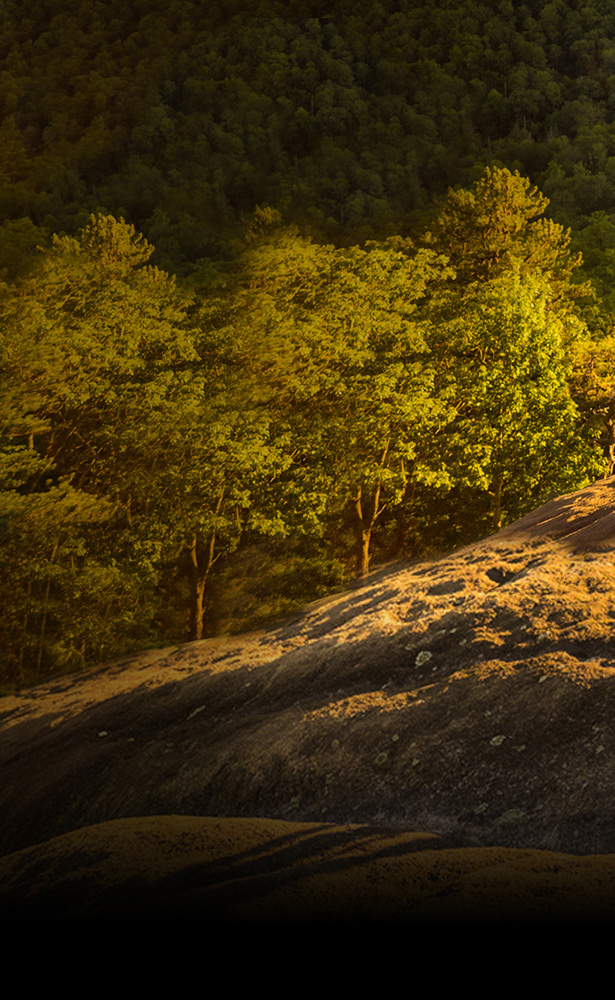
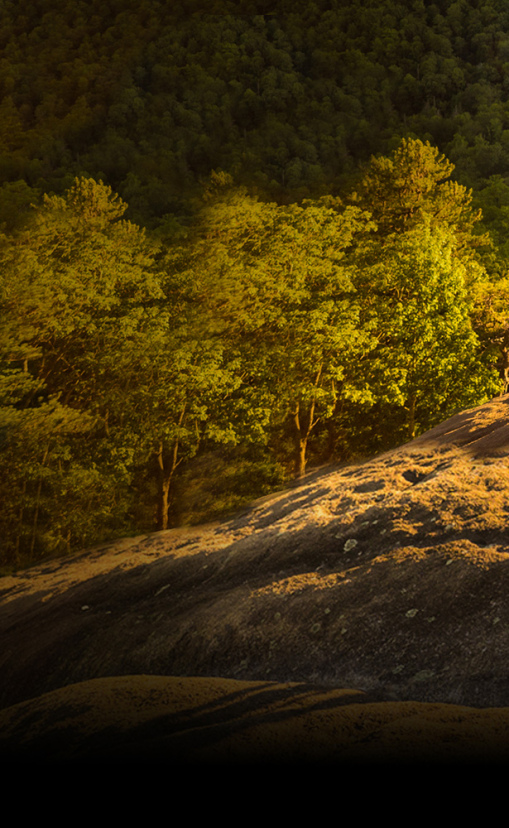
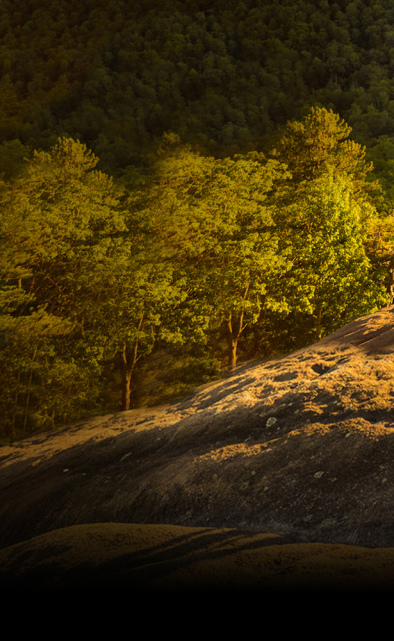
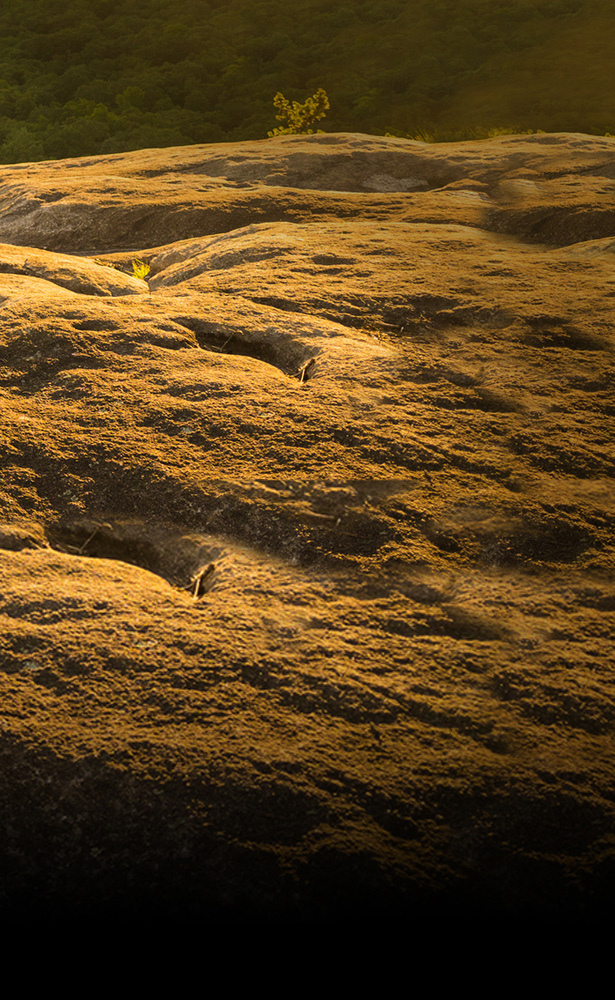

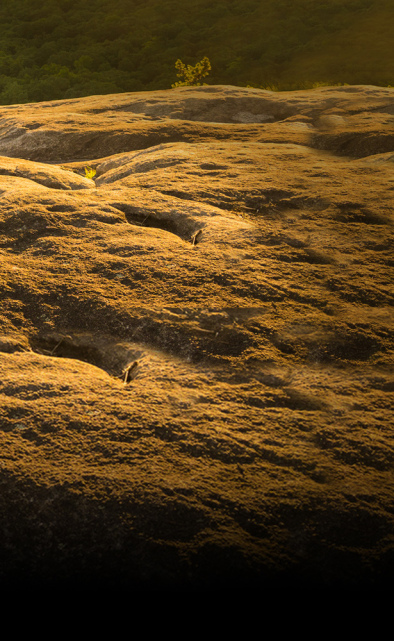

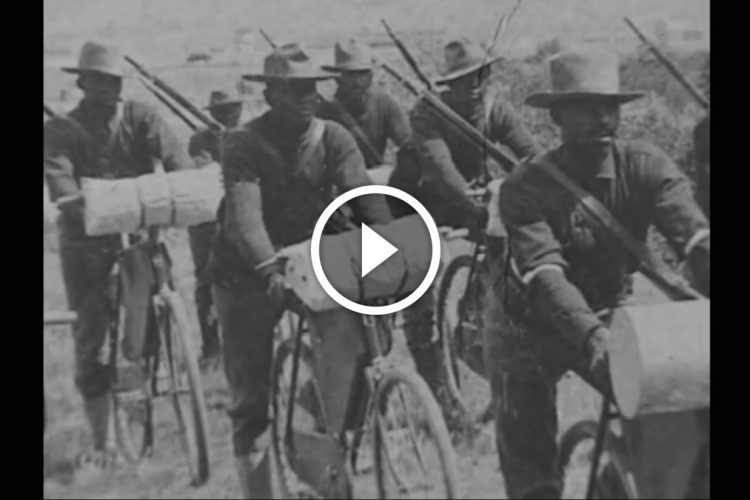
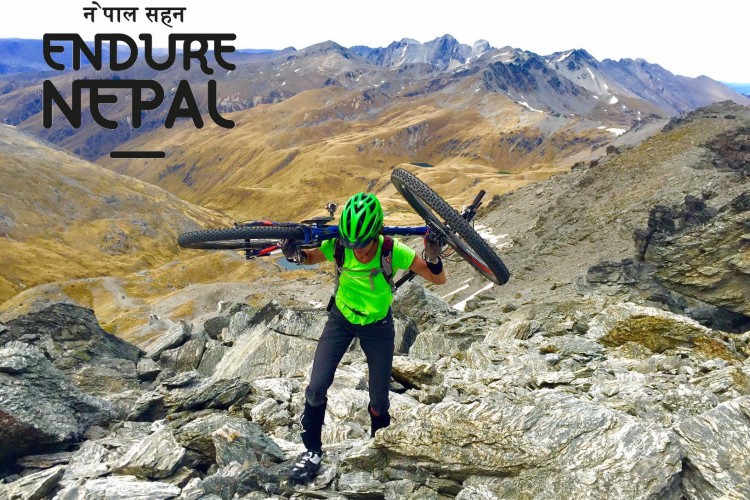

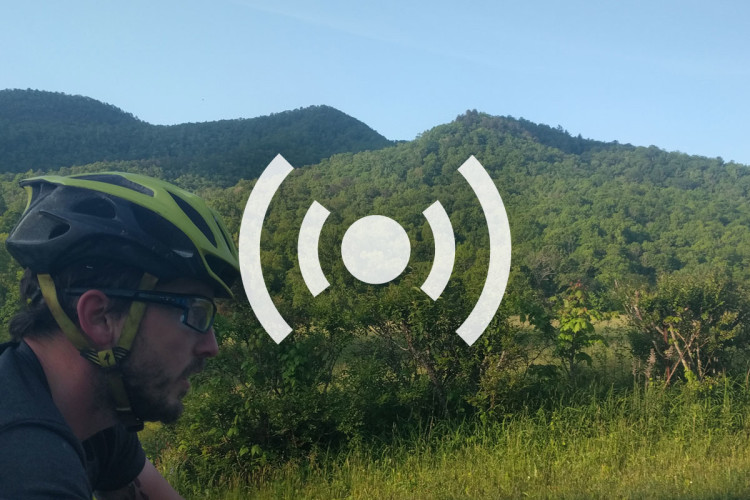

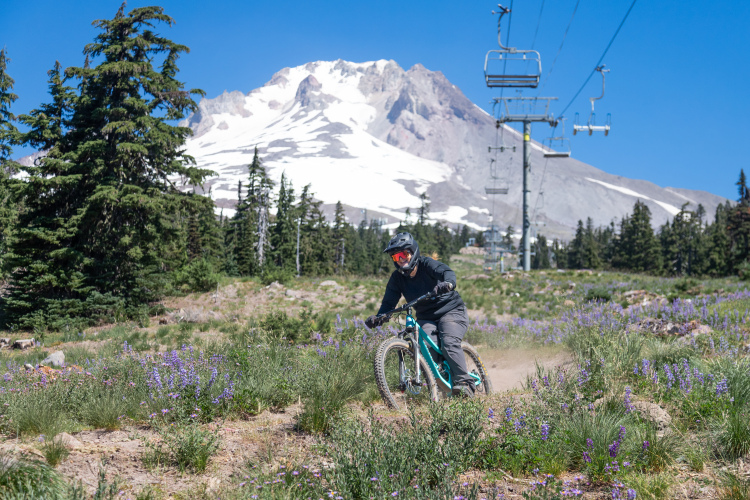



19 Comments
Jan 3, 2012
Feb 21, 2012
Dec 26, 2013
Oct 5, 2015
Jan 3, 2012
Jan 2, 2014
Jan 2, 2014
Jan 2, 2014
Jan 6, 2012
Jan 4, 2012
Oct 11, 2012
Oct 11, 2012
This is the trail that was mentioned, however some sections (like those through golf courses) are closed in the summer months. I'm not aware of anyone who has compiled a map of the rideable sections during the summer months.
Jan 3, 2012
Jan 3, 2012
I guess I could technically check off the Trans North GA route since I have ridden 90% of the non paved sections at some point or another and 100% of the singletrack.
Jan 4, 2012
The Buffalo Gap Trail provides a viable route around the Teddy Roosevelt National Park's South Unit. However, there is a two mile stretch that clips a corner of the North Unit with no viable alternative as the area around the park boundary in that location is all private property with no trail. Some out-and-back is required from both sides if you want to complete all legal portions of the trail. It's really kind of a bummer as that part of the trail sees almost no traffic whatsoever. Letting bikes through that short stretch would have negligible impact on anything.
Jan 6, 2012
Jan 4, 2012
Oct 3, 2016
Jan 7, 2012